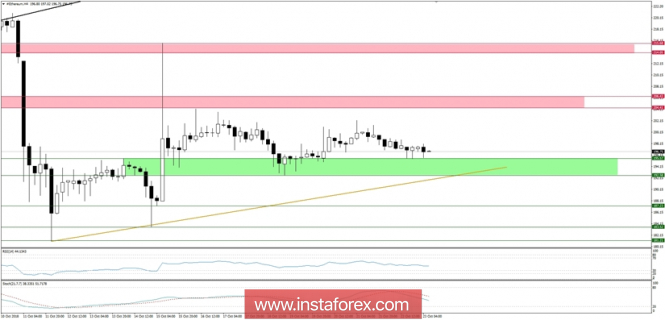Fork, named "Constantinople", was first tested on October 13 on the Ethereum public test - Ropsten - and was planned to be activated in the main Ethereum block by the end of October - November this year. Testnet is essentially a simulated version of the basic network that allows programmers to try out smart contracts or improvements without having to pay "for fuel" (calculation fees) for their execution. At the end of yesterday's meeting, the developers reached a consensus - Constantinople will be implemented at the earliest at the end of January 2019.
Yesterday's meeting took place after the debut of Constantinople on Ropsten encountered a number of obstacles. Before activating block 4 230 000, the fork stopped at block 4 299 999 for two hours - the testnet miners did not start the passage. Ethereum's client developer, Alfri Schoeden, explained that this was due to the "consensus problem" that triggered the "three-way fork" between Geth and Parity (two Ethereum clients).
In the notes published before yesterday's meeting, Schoeden outlined that "recently added hash power resulted in shortened blocking times and caused hard fork to happen much earlier than expected on Saturday." He suggested that it was "the worst possible time for hard fork".
Hard fork Constantinople is a system-wide Ethereum update designed to improve network performance. In particular, it includes plans to reduce block prizes for miners, as well as changes to the network consensus mechanism that would make it more resistant to ASIC miners.
Let's now take a look at the Ethereum technical picture at the H4 time frame. The market is still moving inside of the consolidation zone as the sideways trend continues. The nearest support is seen at the level of $195 and the nearest resistance is seen at the level of $204. Nevertheless, the momentum is still below its fifty level, which means the support might be tested any time now.

